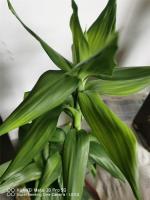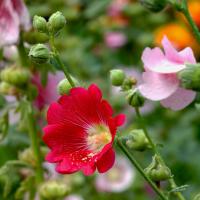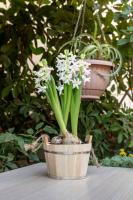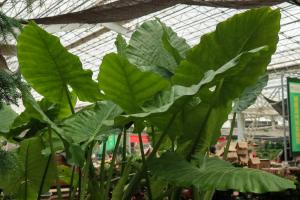How Late Can I Plant Tomatoes in the DC Area?
As a tomato lover, you might be wondering how long you have to plant tomatoes in the DC area. The answer depends on your location, climate, and the variety of tomato you want to grow. Here are some factors to consider when deciding how late to plant tomatoes in the DC area.
Climate and Temperature
The DC area has a humid subtropical climate, with hot and humid summers and mild to cool winters. The average last frost date in DC is around April 13, and the average first frost date in the fall is around October 31. These dates can vary depending on the specific location and weather conditions.
Tomatoes are warm-season plants that thrive in temperatures between 70°F and 85°F. If you're planting tomatoes in the spring, wait until the ground has warmed up to at least 60°F before planting. If you're planting tomatoes in the fall, make sure you have enough time to harvest them before the first frost arrives.
Tomato Variety and Growth Cycle
Another factor to consider is the variety of tomato you want to grow and its growth cycle. Some tomato varieties, such as cherry tomatoes, have a shorter growing season and can be planted later in the year. Other varieties, such as beefsteak tomatoes, take longer to mature and need to be planted earlier in the season.
If you're not sure which tomato variety to grow, consider choosing a determinate variety that matures early and produces fruit over a shorter period. These tomatoes are ideal for gardeners with limited space or who want to harvest their crop early in the season.
Planting Tips for Late-Season Tomatoes
If you want to plant tomatoes in the DC area later in the growing season, here are some tips to help you succeed:
Choose a sunny location with at least 6 hours of direct sunlight per day.
Prepare the soil by adding compost or aged manure to improve soil structure and fertility.
Choose a variety that is well-suited for late-season planting and has a short maturity period.
Plant the tomato seedlings deeper than they were in their original containers to promote stronger roots and stem growth.
Water the plants deeply and consistently, keeping the soil consistently moist but not waterlogged.
Mulch around the plants to conserve moisture and suppress weed growth.
Protect the plants from frost by covering them with blankets or cloth, or by using a greenhouse or cold frame.
In Conclusion
With the right planning and care, it's possible to plant tomatoes in the DC area later in the growing season and still have a successful harvest. By choosing the right variety, ensuring proper soil preparation, and providing consistent care, you can enjoy fresh and flavorful tomatoes well into the fall season.

 how many times do yo...
how many times do yo... how many planted tre...
how many planted tre... how many pine trees ...
how many pine trees ... how many pecan trees...
how many pecan trees... how many plants comp...
how many plants comp... how many plants can ...
how many plants can ... how many plants and ...
how many plants and ... how many pepper plan...
how many pepper plan...
































